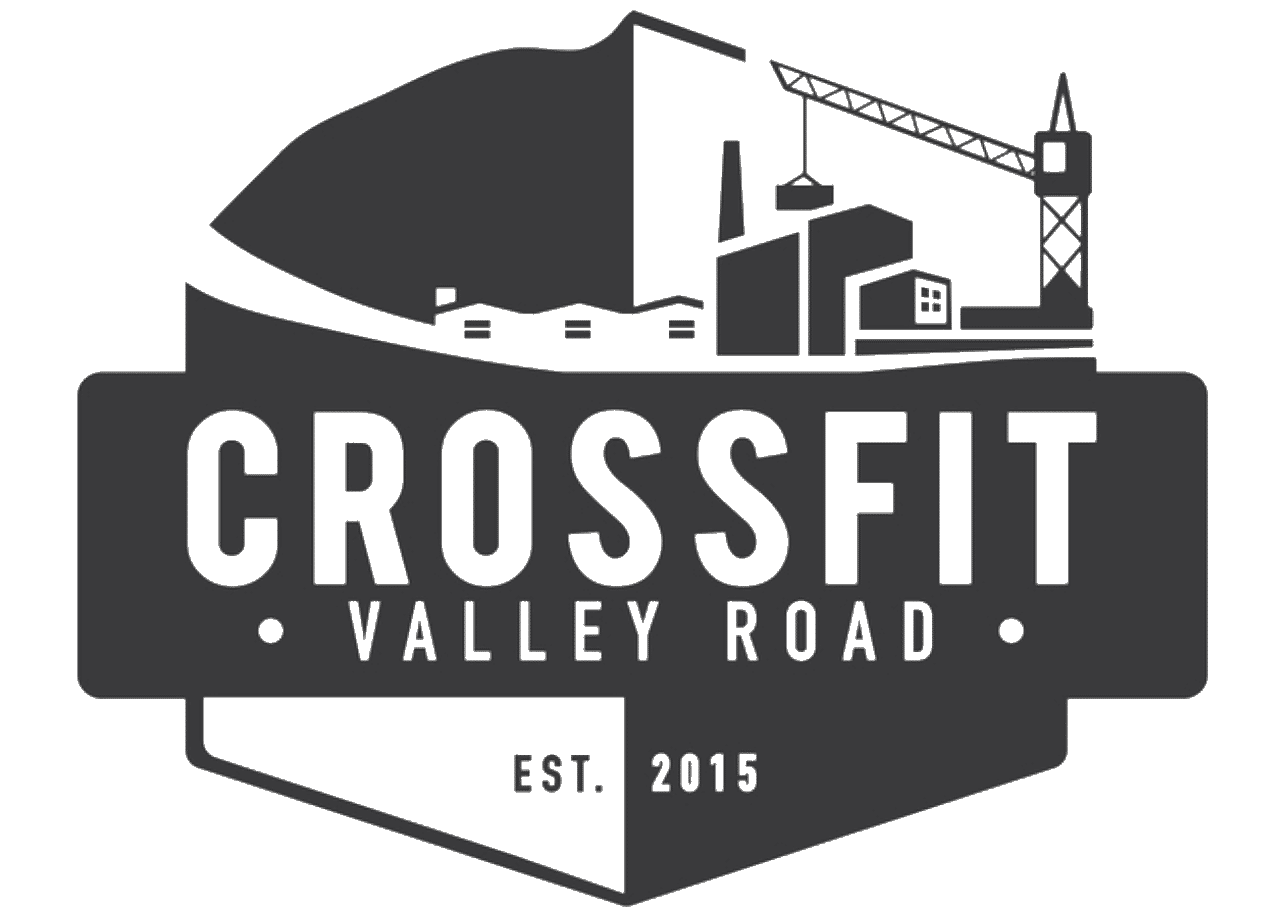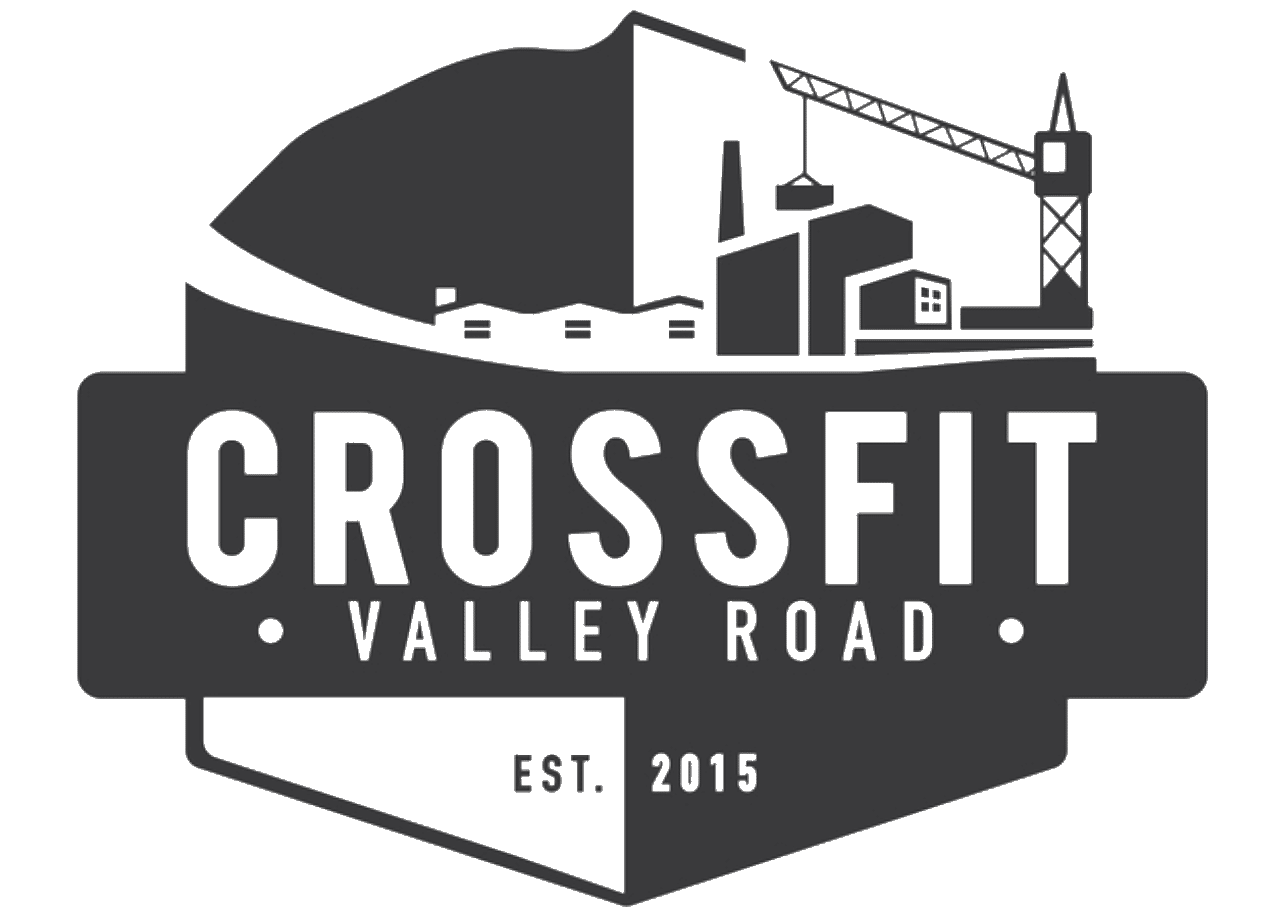Muscles Involved in Prolonged Sitting
When you sit for extended periods, specific muscles become overactive or underactive, leading to imbalances:
- Hip Flexors (e.g., Iliopsoas, Rectus Femoris)
- Role: Flex the hip to bring the thigh toward the torso.
- Impact of Sitting: These muscles remain shortened, causing tightness and pulling the pelvis into an anterior tilt.
- Gluteal Muscles (Gluteus Maximus, Medius, Minimus)
- Role: Extend and stabilize the hip, support the pelvis during movement.
- Impact of Sitting: Prolonged inactivity leads to “gluteal amnesia,” weakening hip extension and pelvic stability.
- Erector Spinae (Spinalis, Longissimus, Iliocostalis)
- Role: Maintain spinal posture and extend the back.
- Impact of Sitting: Continuous flexion of the lumbar spine overstretches these muscles, causing weakness and pain.
- Core Muscles (Rectus Abdominis, Transverse Abdominis, Obliques)
- Role: Stabilize the spine and pelvis.
- Impact of Sitting: Reduced activation leads to decreased lumbar support and susceptibility to injury.
- Hamstrings
- Role: Extend the hip and flex the knee.
- Impact of Sitting: Prolonged sitting causes them to become tight and contribute to posterior pelvic tilt.
Effects of Prolonged Sitting on Body Biomechanics
- Anterior Pelvic Tilt: Tight hip flexors and weak glutes disrupt pelvic alignment, increasing lumbar lordosis and back pain.
- Forward Head Posture: Poor sitting posture strains the cervical spine, leading to neck and shoulder pain.
- Reduced Mobility: Joint stiffness from inactivity limits the range of motion in the hips and spine.
5 Highly Effective Exercises and Stretches
1. Hip Flexor Stretch (Lunge Position)
- Target: Iliopsoas, Rectus Femoris
- How to Perform:
- Start in a kneeling lunge position.
- Shift your weight forward until you feel a stretch in the front of your hip.
- Hold for 30 seconds, switch sides.
- 2. Glute Bridge
- Target: Gluteus Maximus, Hamstrings
- How to Perform:
- Lie on your back, knees bent, feet flat.
- Press through your heels, lifting your hips until your body forms a straight line.
- Lower slowly and repeat 10-15 times.
3. Cat-Cow Stretch
- Target: Erector Spinae, Core Muscles
- How to Perform:
- Start on all fours.
- Arch your back (Cow), then round it upward (Cat).
- Repeat for 10 slow, controlled reps.
4. Dead Bug
- Target: Transverse Abdominis, Core Stability
- How to Perform:
- Lie on your back, arms and legs in the air.
- Lower one arm and the opposite leg while maintaining a neutral spine.
- Return to the start, switch sides.
5. Pigeon Pose
- Target: Glutes, Piriformis, Hip Rotators
- How to Perform:
- From a plank position, bring one knee forward, placing the ankle near the opposite wrist.
- Extend the other leg back, lowering your hips to the floor.
- Hold for 30 seconds per side.
Long-Term Solutions and How CrossFit Can Help
- Incorporate Mobility Work into Warm-Ups: Use foam rolling and dynamic stretches to release tight muscles before training.
- Focus on Posterior Chain Strengthening: Exercises like Romanian Deadlifts and Barbell Hip Thrusts target underactive muscles affected by sitting.
- Modify Movements During Painful Episodes: Use regressions like box squats or supported deadlifts to reduce lumbar stress.
- Integrate Active Recovery Days: Dedicate time to yoga or low-impact activities to enhance flexibility and reduce stiffness.




